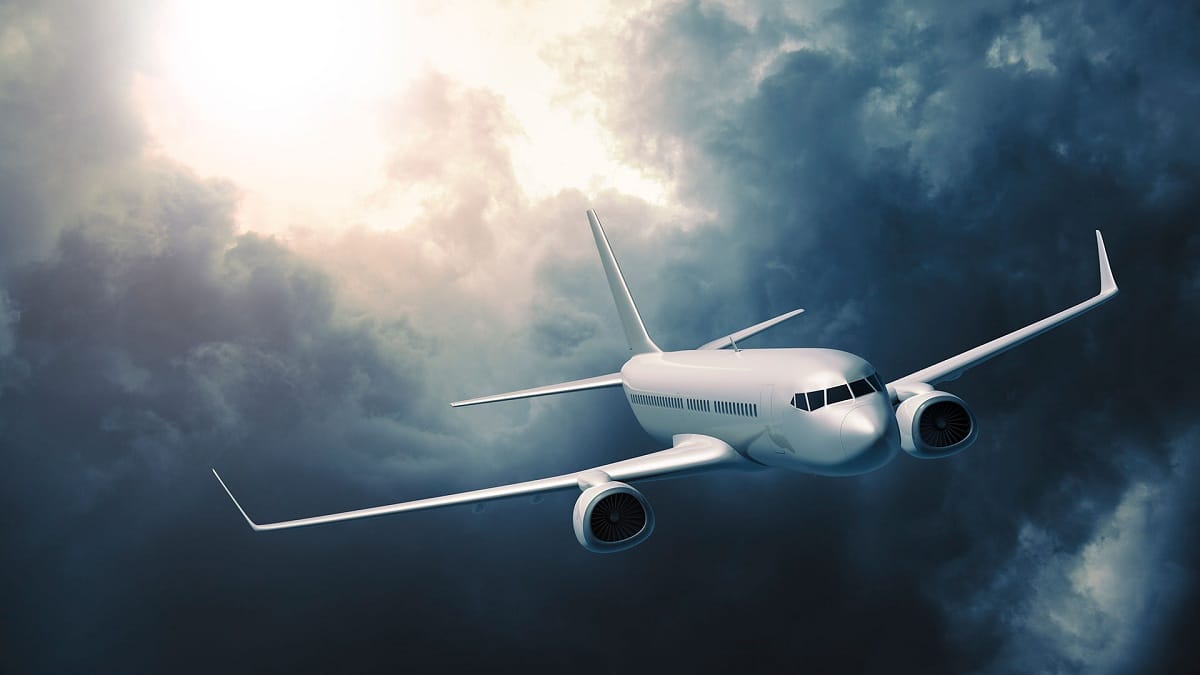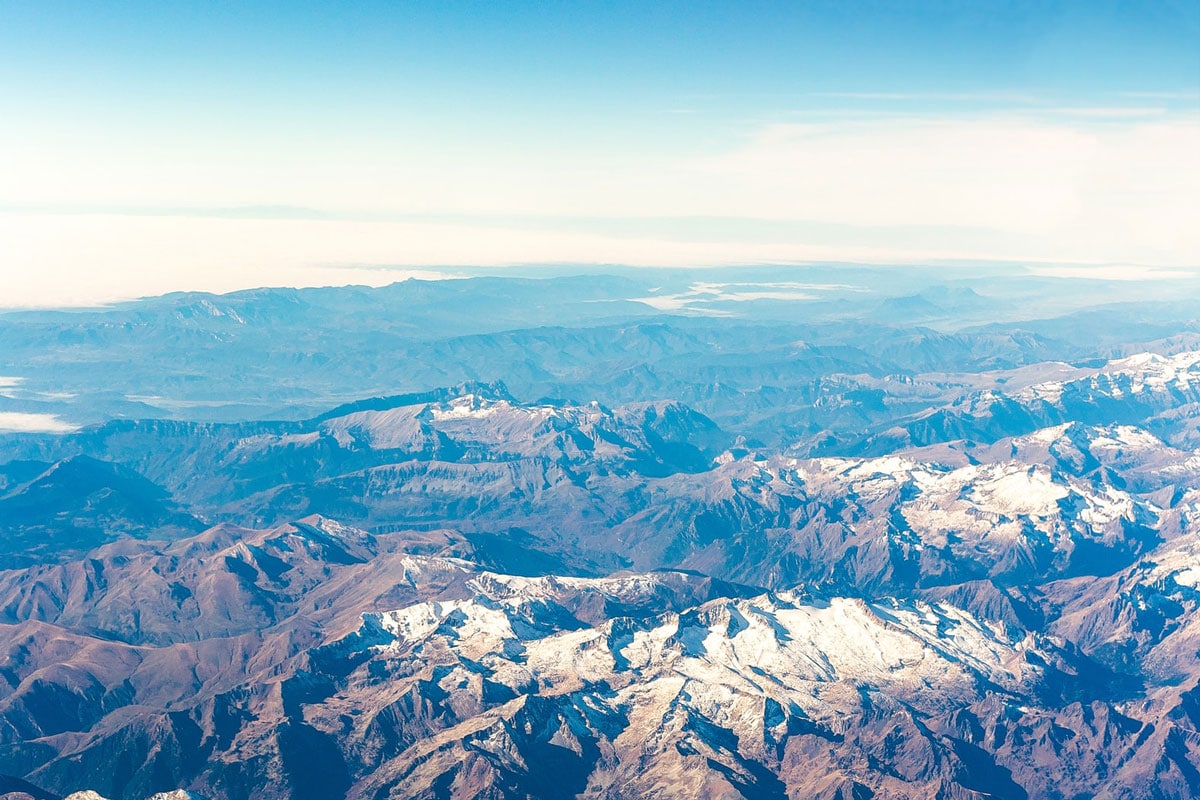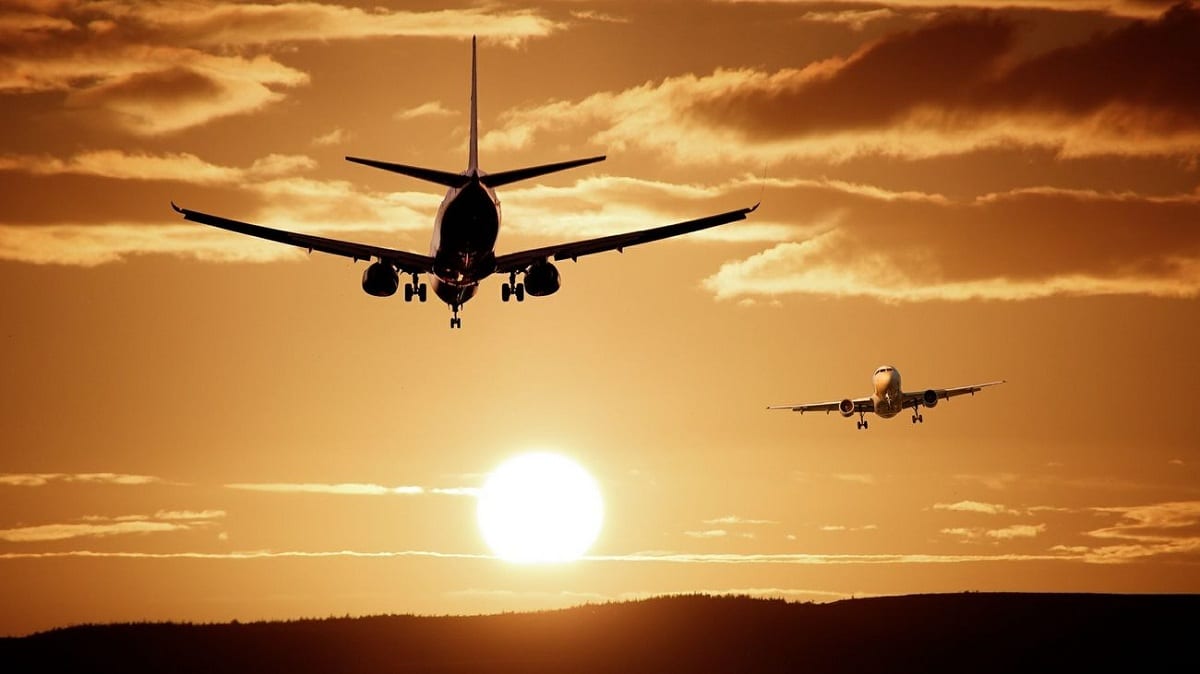
When you are about to travel by plane, no matter how long or short it is, there is always something that makes us a little nervous. If the flight was delayed or cancelled, if it was a sudden takeoff or landing, or even if we hit a few bumps in the journey. Airplanes experience turbulence when they move suddenly and start shaking unexpectedly, and these movements can be caused by changes in flight speed, airflow direction, and different weather conditions. However, many people do not know what is turbulence.
For this reason, we are going to dedicate this article to telling you everything you need to know about what turbulence is, what its characteristics are and its importance.
what is turbulence

The word turbulence is derived from the Latin turbulentĭa, which refers to a state of turbulence (disorder or agitation). An aircraft can be said to experience turbulence when it moves violently due to changes in the speed and direction of the airflow. Disturbances occur when air particles become disordered, usually in the form of windmills. Turbulence is created by different weather conditions.
The most common causes are cloud formation (more precisely: clouds that develop vertically), storms, and mountain drafts or jet streams. Wind shear, another weather phenomenon that affects flight, is a fairly sudden change in the strength and direction of the wind.
Another type of accident that can be found during the flight is the turbulence generated directly by the aircraft itself. They occur when a large volume of air collides with the wingtips of an aircraft. In all cases, the pilots carry out tests and drills to control any situation that arises.
When and where are they most frequent?

On night flights or early morning flights, turbulence rarely occurs because the airflow is smoother at these times of the day. On the other hand, if we fly during the day, we may feel movement during the trip.
They usually occur at lower altitudes on typical short trips, but some long-haul flights are no exception. If we fly over India or the Middle East, there may be riots.
Types of turbulence
Three types of turbulence can be clearly identified:
- Mild turbulence: This is a small almost unpredictable movement of the plane that can even make us stand still in the plane.
- Moderate turbulence: This is a predictable movement, it does not allow us to stand on the plane and we can fall.
- Severe Turbulence: This is the worst of the three, the plane will move in such a way that we will feel glued to the chair, or we will "fly" out of the seat.
They are dangerous?

Turbulence is not a big problem when it comes to aircraft safety. But in the face of the unknown, it is normal for passengers to feel scared and even dizzy. We should not be afraid of turbulence because airplanes are designed to withstand the most violent turbulence. In addition to being fully prepared to face these adversities, pilots have skills to deal with turbulence. Slowing down and changing altitude is part of that.
Although they are not completely accurate, since nature is unpredictable and the weather can change at any time, forecasts and sensors are installed in some cabins to detect turbulence and its intensity. Inside an airplane, there are factors that are more or less turbulent. For example, seats located in the center of gravity and the wings of the plane are less likely to notice these changes, while the seats located in the tail of the plane were the most likely to notice them. We also have to take into account that the bigger the plane and the seat, the less turbulence we notice.
Just as we use seat belts on airplanes when traveling by car, so it should be. In severe pothole situations, seat belts they can save our lives or avoid bruises from the movement of planes. If you enter a stretch of turbulence, the pilot will warn you over the loudspeaker what is happening and what needs to be done.
Tips for dealing with turbulence
If you are one of those people who is afraid of traveling by plane or even more so of turbulence, don't worry, you have seen that they are not dangerous and by following a series of tips you will be able to face them calmly and enjoy a pleasant flight. Here are some simple tips anyone can use to help you travel hassle-free.
- Go to the bathroom before take off: This tip can be very useful if you are going on a short trip. Go to the bathroom before the plane takes off so you don't have to get up during the flight. This way you can avoid getting dizzy from light exercise or even getting stuck in the bathroom during turbulent flow. If this happens, hold on to the handle you see to avoid falling.
- Choose your seat: If possible, choose your seat. In many cases, windows can make you feel more secure. If you are panicking about your flight, avoid emergency exits as your nervousness can disrupt a possible evacuation.
- Understanding Turbulence: In general, we are afraid of the unknown, so it is recommended that you know what turbulence is before boarding a plane. You will discover that they are not as dangerous as they seem
- Wear your seatbelt and store small items: If you enter rough roads, fasten your seat belt to avoid bumps, falls and dizziness. Also keep your personal items safe so they don't fly away if the plane moves too suddenly.
- Hydration, distraction and breathing: Finally, keep these three factors in mind. Throughout the trip, stay hydrated and try to distract yourself with some activity (you can read, watch movies and listen to music). In stressful situations, try to control your breathing to avoid panic.
I hope that with this information you can learn more about what turbulence is, what its characteristics are and its importance.
EXCELLENCE is the term to qualify this article, since I have had experiences in this regard during a trip and the pilot did not give us any explanation (it was a State airline). Continue as always enriching us with knowledge. Kind regards…